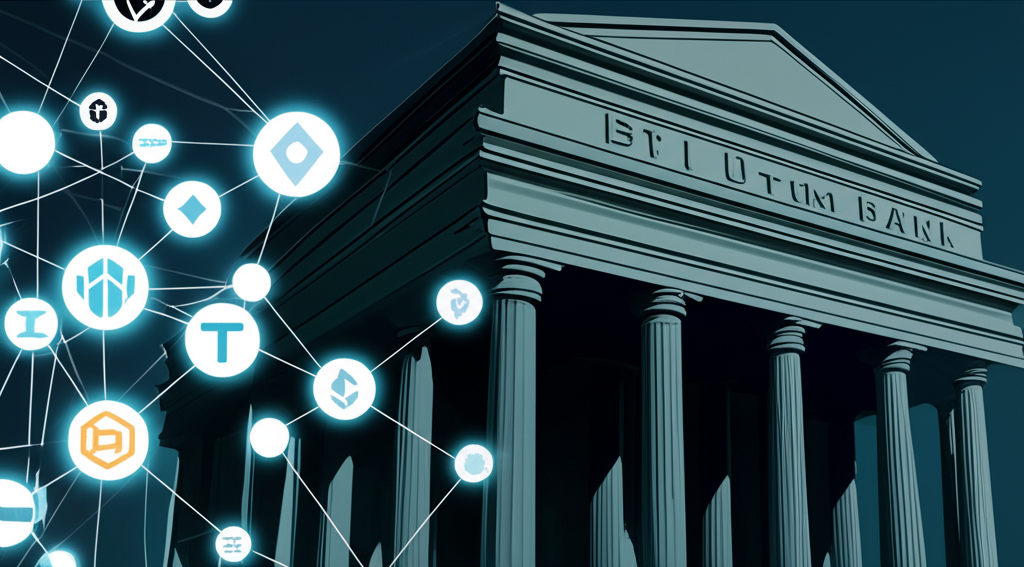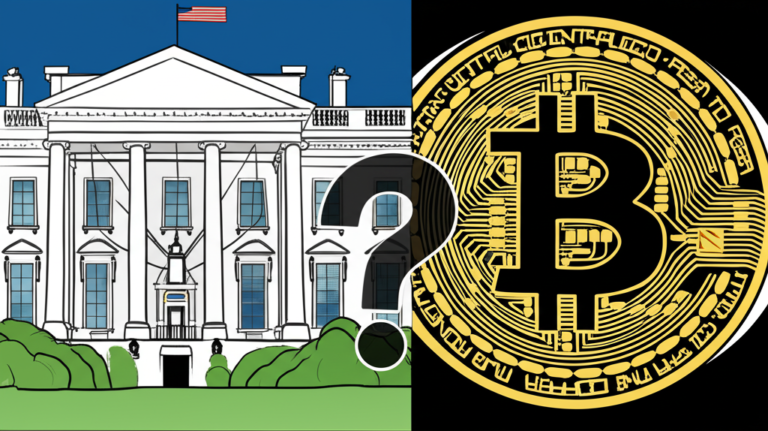Money2: Is the Next-Generation Financial System Here?
The financial landscape is undergoing a seismic shift. While traditional banking systems remain entrenched, a nascent parallel system, dubbed “Money2,” is rapidly gaining traction, fueled by the explosive growth of decentralized finance (DeFi) and the burgeoning market of stablecoins. This article delves into the emerging Money2 ecosystem and its potential implications for the future of finance.
The Building Blocks of Money2: Stablecoins and DeFi
Money2, as described in recent analyses, isn’t a single entity but rather a decentralized, interconnected network leveraging the power of stablecoins and DeFi protocols. Unlike traditional finance (TradFi), which relies heavily on centralized intermediaries like banks, Money2 utilizes smart contracts and blockchain technology to facilitate transactions, lending, and other financial activities.
The cornerstone of Money2 is the rapidly expanding market of stablecoins. With a market capitalization exceeding $225 billion (according to recent estimates from CoinMarketCap and CoinGecko), stablecoins like Tether (USDT), USD Coin (USDC), and Binance USD (BUSD) are providing a bridge between the volatile cryptocurrency market and the stability of fiat currencies. This stability is crucial for enabling more complex financial operations within the DeFi ecosystem.
DeFi’s Role in Money2’s Development
Decentralized applications (dApps) built on various blockchain networks are driving innovation within Money2. These dApps offer a range of services, including:
- Decentralized Exchanges (DEXs): Platforms like Uniswap and Curve allow users to trade cryptocurrencies without relying on centralized exchanges, offering greater transparency and control.
- Lending and Borrowing Platforms: Protocols such as Aave and Compound enable users to lend and borrow crypto assets, earning interest or accessing liquidity without traditional banking institutions.
- Stablecoin-backed Loans: These services utilize stablecoins as collateral, further mitigating the risk associated with volatile cryptocurrencies.

The Implications of Money2
The rise of Money2 has significant implications for both individuals and institutions. For individuals, it offers increased financial inclusion, lower transaction fees, and greater control over their assets. For institutions, the emergence of Money2 presents both opportunities and challenges. While it may disrupt traditional banking models, it also opens doors to new avenues for innovation and growth.
Recent reports suggest that early adopters are already experiencing the benefits of Money2, with increased efficiency and reduced reliance on traditional financial systems. However, the regulatory landscape remains uncertain, posing challenges for the long-term sustainability of the Money2 ecosystem. Governments worldwide are grappling with how to regulate DeFi and stablecoins, which could significantly impact the future trajectory of Money2.
Challenges and Future Outlook
Despite its rapid growth, Money2 faces considerable hurdles. Scalability issues, security concerns, and regulatory uncertainty remain key challenges. Furthermore, the lack of widespread adoption among the general public continues to hinder its mainstream acceptance. However, ongoing advancements in blockchain technology and the increasing adoption of DeFi protocols suggest that Money2’s influence will only continue to expand in the coming years.
Key Takeaways:
- Money2 is a decentralized financial system powered by stablecoins and DeFi.
- It offers increased financial inclusion, lower transaction fees, and greater control over assets.
- The current market cap of stablecoins exceeds $225 billion.
- Key challenges include scalability, security, and regulatory uncertainty.
- The future of Money2 hinges on overcoming these challenges and gaining wider adoption.








